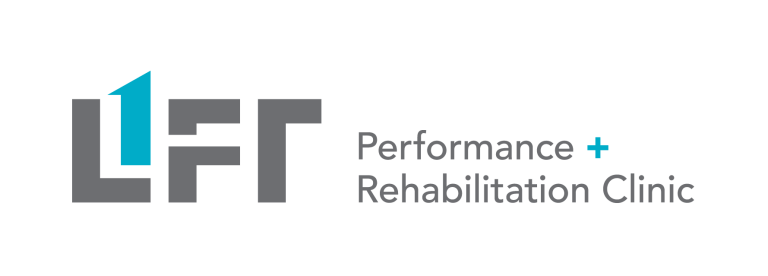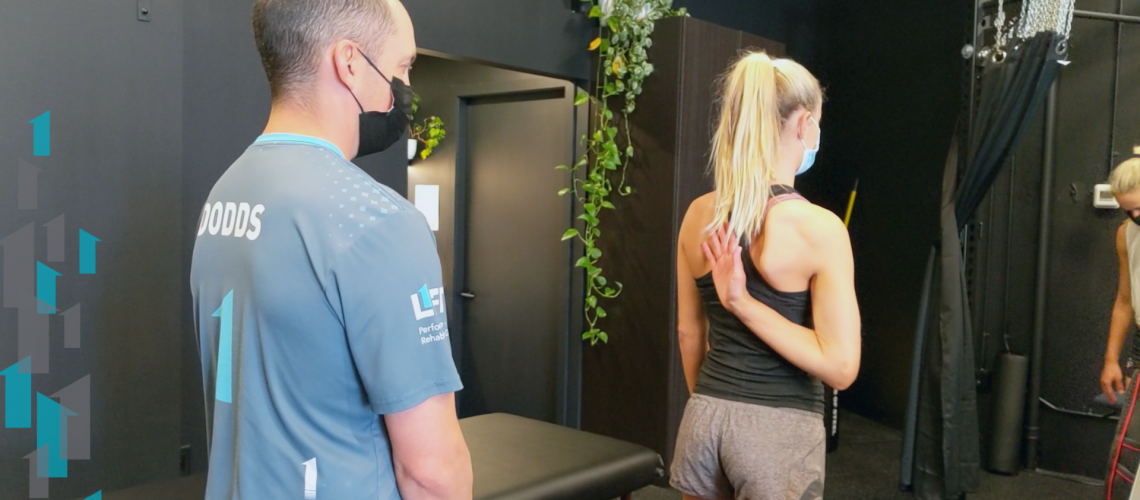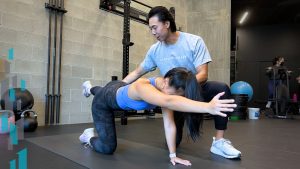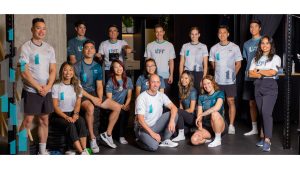Optimize your arms behind back movement with Lift Clinic’s team of physio, chiro, RMT and strength coaches!
This post will focus on the assessment techniques used to find the root causes of limitations in the arms behind back movement pattern.
The arms behind back movement is an expression of thoracic spine extension and rotation, as well as shoulder internal rotation and extension ranges of motion. We use this movement for things in everyday life such as grabbing our seat belts or washing our backs!
This post is a continuation of our blog series on our full body assessment. If you haven’t already, visit our blog page to learn more about how we assess and treat other movements in the body.
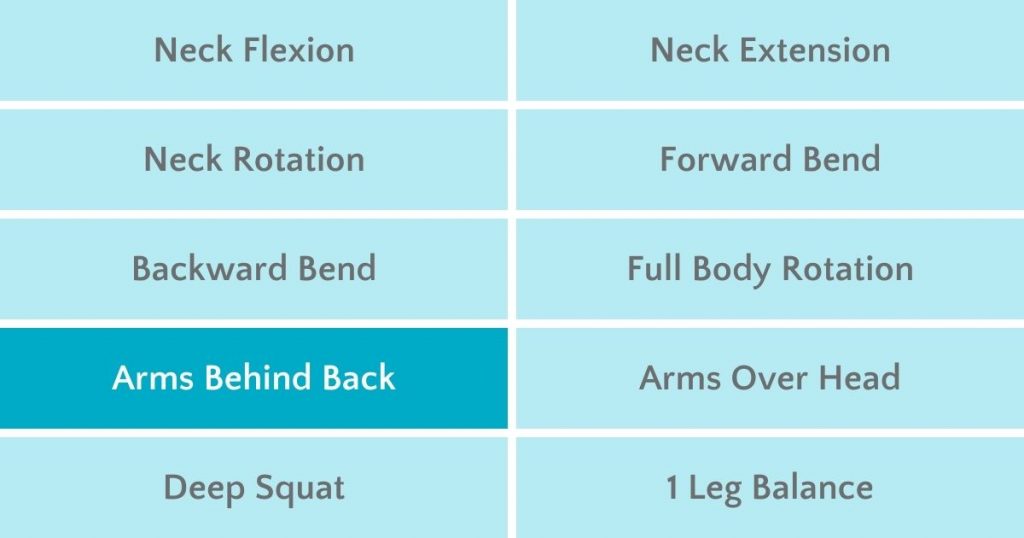
For any given movement pattern, our treatment approach follows 4 primary steps:
- Assessment
Techniques used to test ranges of motion and find the root causes of limitations
- Reset
Hands on treatment techniques used to improve & restore limited range of motion
- Reinforce
Exercises or self treatments that help maintain the gains made from the reset techniques.
- Reload
Exercises that develop strength, resilience, and coordination for the desired movement pattern.
Visit our IG post to see assessment techniques in action
7 assessment techniques to find limitations in the arms behind back movement:

1) Upper extremity pattern one
In the clinic, we refer to the arms behind back movement as upper extremity pattern one (UE1). UE1 is one component of the full body assessment that we perform during every initial appointment. If we find limitations in this movement, we may perform further assessments if we think this is contributing to the client’s pain or injury. Learn more about further assessments below.

2) Lumbar locked rotation
The lumbar locked rotation test is an assessment for thoracic spine (upper back) mobility, which plays an important role when reaching your arm behind your back. By sitting back onto the lower legs and locking the lumbar spine into place, we can isolate rotation in the thoracic spine.

3) UE1 in prone position
Here, we are repeating the UE1 assessment while the client is lying in a prone position (on their belly). This removes the postural requirements of the test. If the client is able to perform this assessment but not UE1 while standing, we can conclude that there is a postural issue contributing to their limitations.

4) Active shoulder extension
An active assessment looks at a client’s ability to move into a range of motion using their own strength. Shoulder extension refers to the movement of your arm backwards as seen in the image to the left. Here, we are looking for 60º of motion.

5) Passive shoulder extension
Here we are testing shoulder extension range of motion passively. A passive assessment looks at the range of motion of a joint when the movement is performed by the clinician while the client is relaxed.

6) Active shoulder internal rotation
This tests the ability of the client to move into shoulder internal rotation under their own strength. We are looking for 50º of motion.

7) Passive shoulder internal rotation
Here we are testing shoulder internal rotation passively. Significant differences in ranges of motion between an active and passive test can result from limitations in stability or motor control.
What's next?
After a thorough assessment of the arms behind back movement, the next step is to treat the root cause of your limitations so you can get back to 100%. This will consist of a combination of hands-on treatment techniques as well as specific exercises.
Stay tuned for the next post in the series: Arms Behind Back Resets
